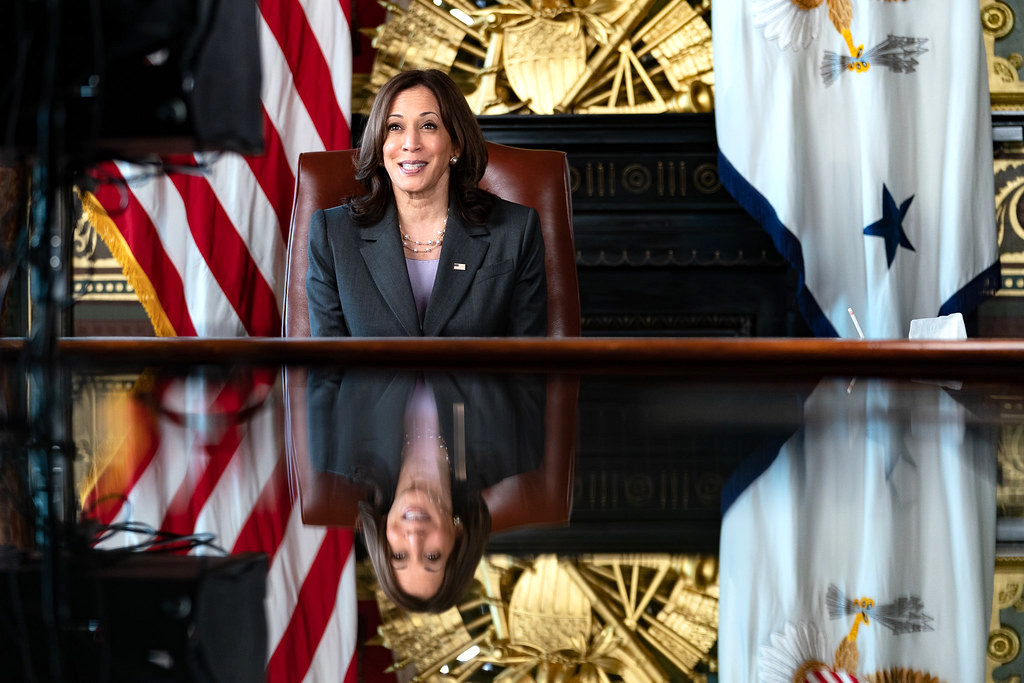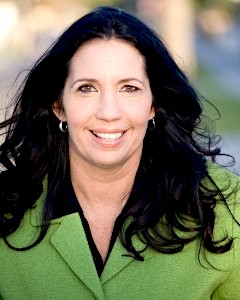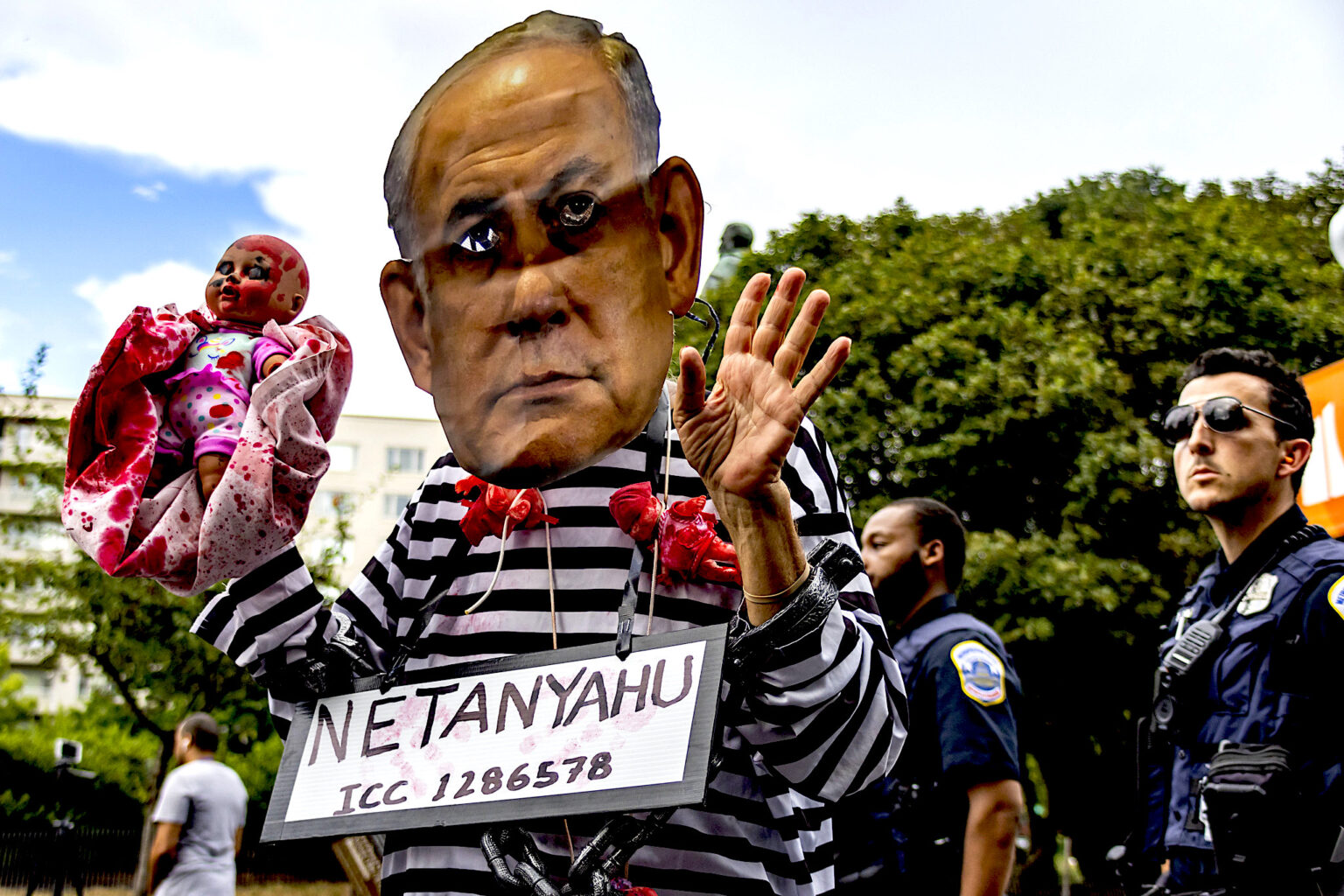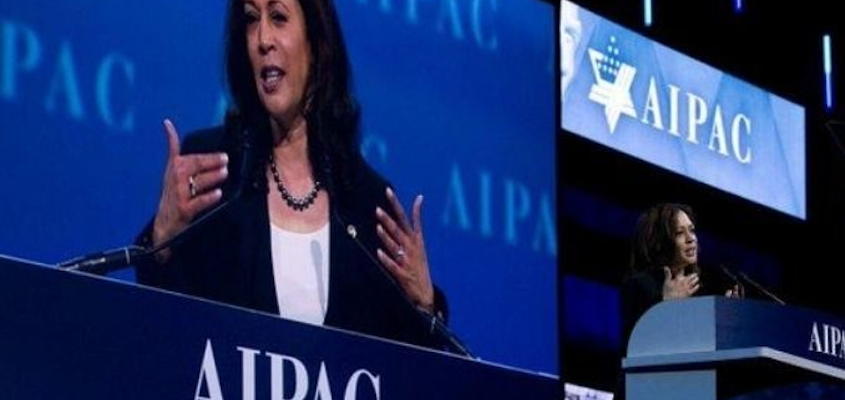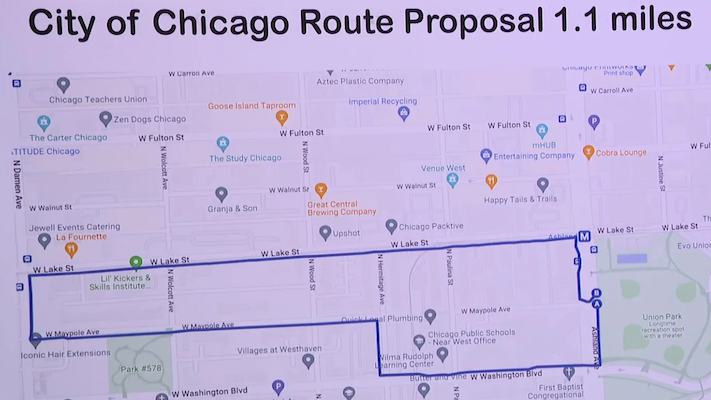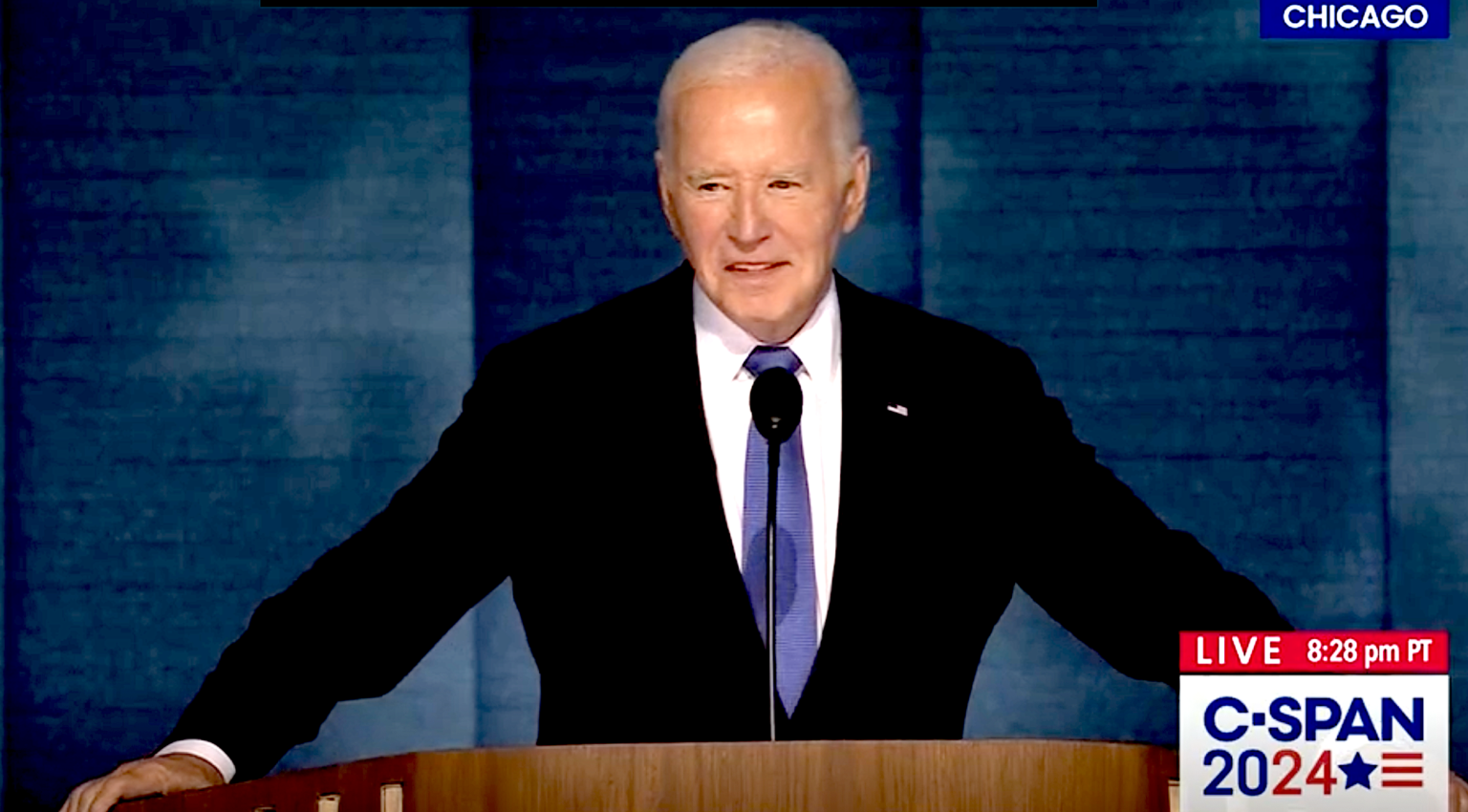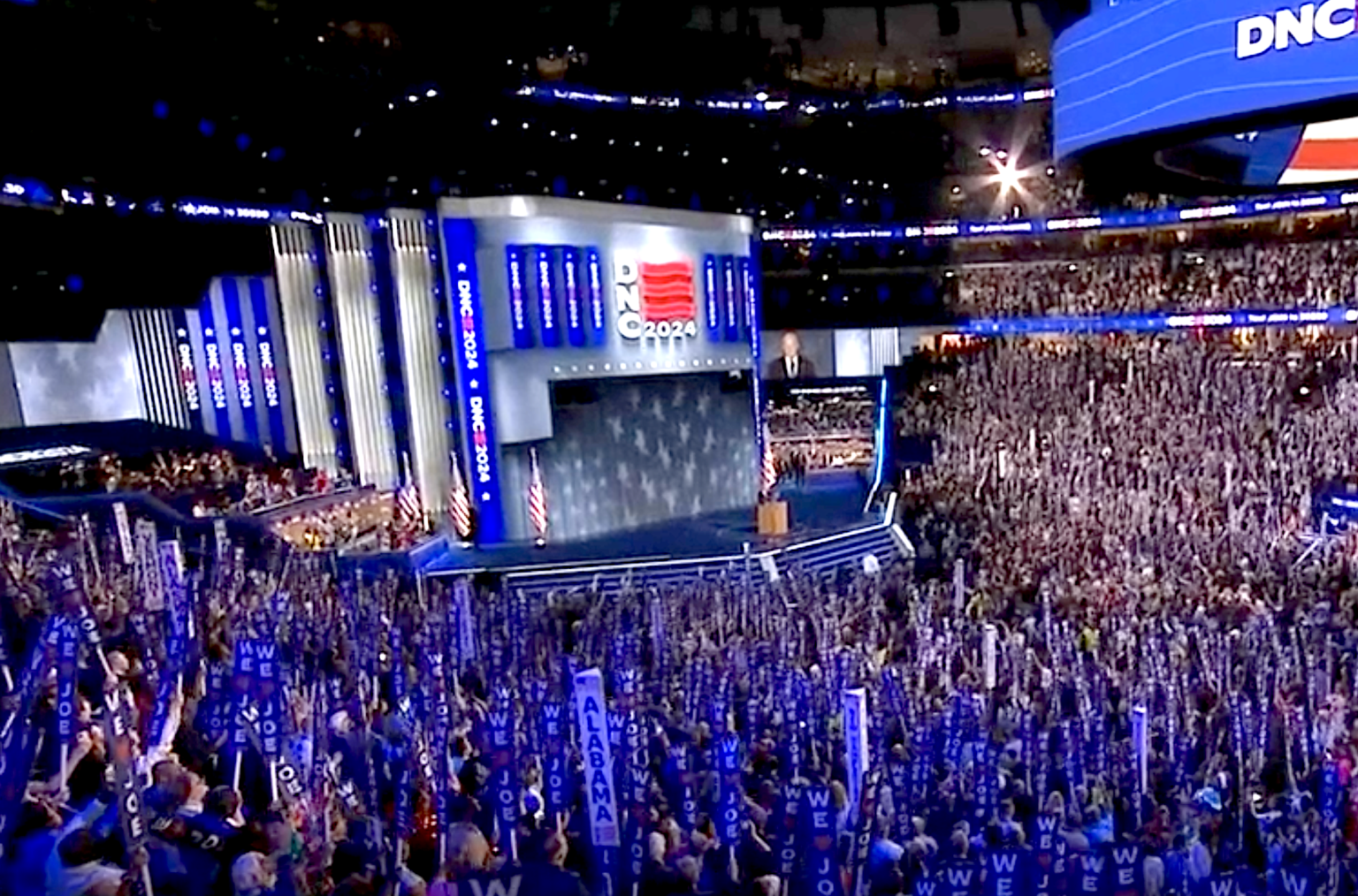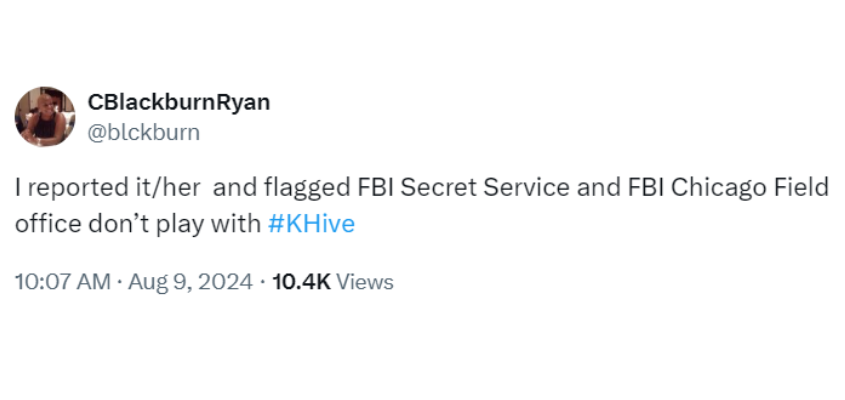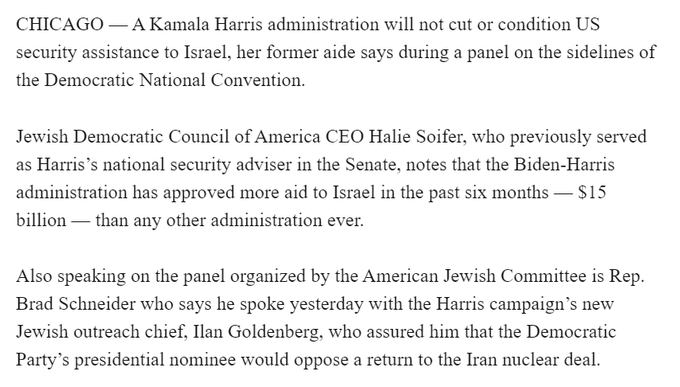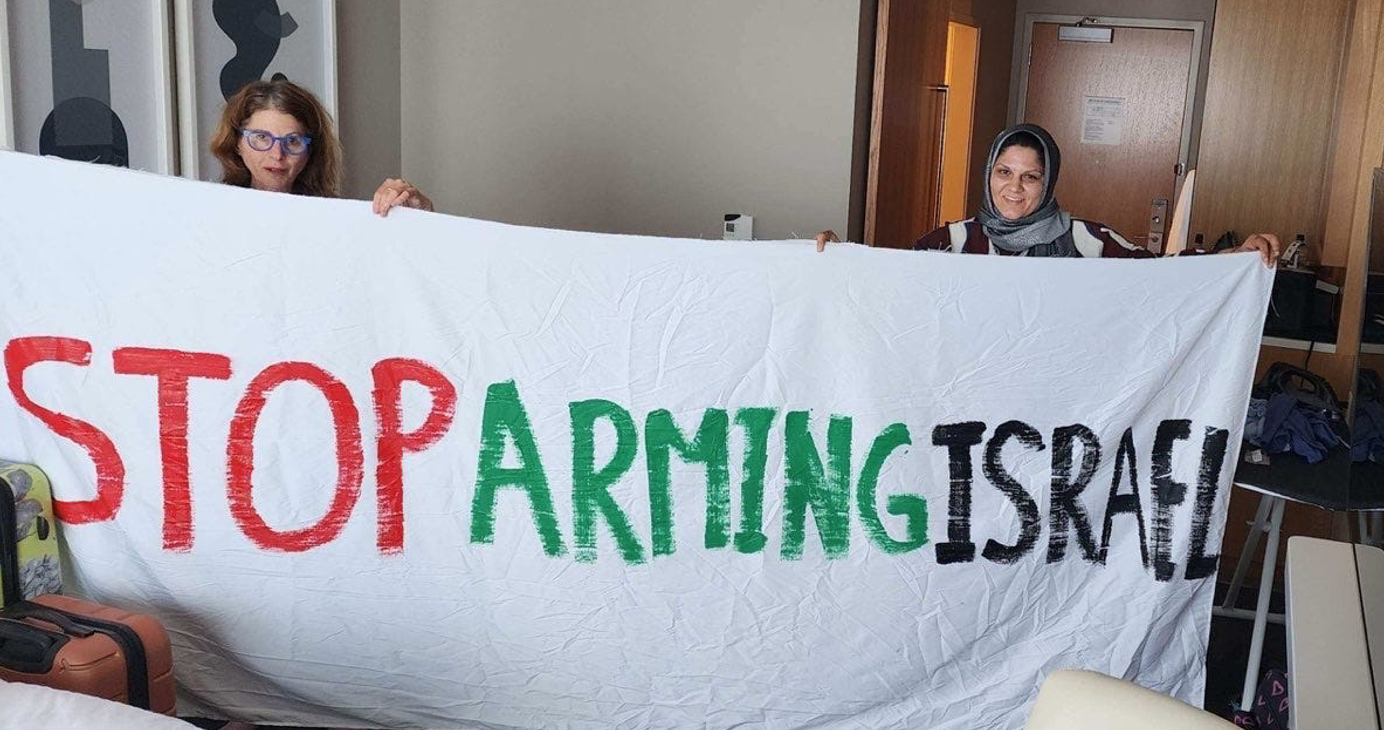Posted on August 7, 2024 by Conor Gallagher
I suppose the headline is obvious at this point, or Minnesota Governor Tim Walz wouldn’t be on the Democrats’ ticket, but it’s worth remembering amid all the hype.
I first became familiar with Walz last year when some in the media were describing Minnesota as a shining example of progressivism and the “best state for workers”, so I started to look into the legislation.
No doubt the state passed some decent bills. Here’s a thread listing them all: https://x.com/whstancil/status/16610175 ... rkers.html
What the thread misses, however, is that last year working Minnesotans organized and got two major pieces of legislation near the finish line that would’ve dramatically improved their lives, but those bills threatened the interests of the capital class. The monied interests in this case were Uber, Lyft, and the Mayo Clinic, and when their bottom lines were threatened they all responded with various threats. In each of these instances, Minnesota’s elected officials — led by Walz — quickly backed down.
So while Walz might be a former union member, he might look positively saintly next to the other finalist for the VP spot Pennsylvania Governor Josh Shapiro, he might make for a friendly photo op and sound relatable to people who work for a living, but recent actions make it questionable just how much of a friend he is to American laborers.
Let’s look at the two cases last year where the Mayo Clinic, Lyft, and Uber provided marching orders to Walz. First the Mayo Clinic. Here are the details on the nurse staffing legislation from The Minnesota Reformer:
The Keeping Nurses at the Bedside Act (HF1700/SF1651), backed by the nurses’ union, would require hospitals to form committees made up of nurses and other hospital staff to create “core staffing plans” that include the maximum number of patients each nurse can typically safely care for.
In response Mayo threatened to take its plans for new facilities and infrastructure worth billions to other states. [1] A Mayo executive wrote the following to the governor and legislative leaders:
Because these bills continue to proceed without meaningful and necessary changes to avert their harms to Minnesotans, we cannot proceed with seeking approval to make this investment in Minnesota. We will need to direct this enormous investment to other states.
Democrats quickly caved, led by Walz who agreed to exempt the Mayo Clinic from the union-backed legislation. Once Mayo sprung a leak in the legislation, cracks began to emerge everywhere as other hospitals declared the double standards unfair, and soon the entire bill was dead.According to Mayo, Walz was key in throwing nurses under the bus. From Becker’s Hospital Review:
Its relationship with Minnesota Gov. Tim Walz was essential to its exemption from the Keeping Nurses at the Bedside Act — and the bill’s final-hour revisions, the health system said.
Mayo Clinic’s President and CEO Gianrico Farrugia, MD, said the health system remained “steadfast” in its position throughout the legislative session and expressed gratitude to those who backed them up — including the governor.
The good news is that Mayo workers are soldiering on without him. From The Star Tribune:
Mayo Clinic is one of the world’s top hospitals, but hundreds of Rochester workers say the medical system isn’t treating its workers like they’re world-class. About 1,600 unionized clinical technicians, personal care attendants, janitors and others are seeking at least $20-per-hour wages, in line with other hospitals around Minnesota. Rochester nurses are looking into unionizing, which would create a union with more than 6,500 members in Minnesota’s third-largest city.
Meanwhile, thousands more workers are set to come to Rochester as Mayo builds its $5 billion expansion downtown.
Aside from better wages, the chief concern of nurses at Mayo facilities is inadequate staffing — the very problem that Walz caved to Mayo on:
Karrie Ellingson, a personal care attendant and a member of the SEIU bargaining team at St. Marys, said her department needs 28 attendants to serve about 150 patients on average each day.
“We consistently have been working 30 percent short every day, not including PCAs who may call in ill,” she said.
Ashley Rohwer, a certified surgical technologist at Mayo for almost two decades, said in her department at St. Marys, union and nonunion workers put in a combined average of 30 hours of overtime each day.
“Most employees if they’re [scheduled] at an eight-hour shift on a regular basis, most of them are working 12-hour shifts,” she said.
Mayo is now threatening its nurses with more limited work flexibility and “workforce issues” should they unionize.
Mayo, which in 2017 decided to prioritize the care of privately insured patients over those on Medicare and Medicaid, also killed efforts to create a Health Care Affordability Board in Minnesota last year. The committee would have monitored health care market trends and provided recommendations and oversight. Mayo didn’t just demand to be exempted from this bill but that it be axed altogether, writing:
This bill is extremely problematic and poses a huge threat to the well-being of Minnesota’s health care system as drafted. It must be removed from the HHS omnibus bill and consideration for Mayo to move forward with the previously stated investment.
Once again, Mayo got what it wanted.
Now to Uber and Lyft. Details of the failed worker-friendly bill from the Minnesota Reformer:
The bill required transportation network companies, including Uber and Lyft, to pay drivers a $5 minimum fee plus $1.45 per mile and 34 cents per minute in the seven-county Twin Cities metropolitan area. Drivers in greater Minnesota would have been entitled to $1.25 per mile and 34 cents per minute. The minimum rates would have increased with inflation.
Drivers would also have been entitled to 80% of cancellation fees if they already departed to pick up a rider as well as $1.25 per mile and 10 cents per minute if the companies charge customers for a “long pickup.”
Drivers were ecstatic at the prospects of better pay and protections:
But elected officials lacked the courage to stand behind workers when Uber went scorched earth, and in statements to news outlets across the state said the following:
If the bill is signed into law, beginning August 1, Uber will stop operating our ride service outside of Minneapolis-St. Paul metro area. In the metro area, we will only offer premium products to match the premium prices required by the bill.
In the end, Minnesota Gov. Tim Walz vetoed the bill. A watered down version passed this year, however, which raises pay by $1.28 per mile and $0.31 per minute. Eid Ali, president of the Minnesota Uber/Lyft Drivers Association, said the law is progress, but still a letdown, especially in light of Walz vetoing a better version last year. “Letdown” is putting it kindly. What this year’s bill really did was strengthen Uber and Lyft’s duopoly in the state of Minnesota. From the Minnesota Reformer:
…the new law includes a series of anti-competitive mechanisms that will disadvantage any new competitor against the incumbents.
The application fees for ridehail companies are the biggest unaddressed issue that cements an anti-competitive market in place. Any Uber competitor entering the market first has to hand over nearly $100,000 in annual licensing fees to Minneapolis, St. Paul, and the Metropolitan Airports Commission.
The Minnesota bill also removed cities’ ability to set wages, enforce them, and to collect data about ridehail operations in their jurisdiction. More:
Lastly, the bill didn’t advance Minneapolis’ ordinance language requiring ridehail companies to pay 80% of special event or surge pricing, and drivers know very well that “platform fees” and “external fees” eat deeply into their existing take rate. Some drivers have publicly posted earnings of $13 on a $55 Lyft ride.As only 28% of riders ever tip, and gross Uber wages are overall down 17% since 2022, it would be no surprise if drivers saw even less earnings after the implementation of this bill. It’s odd that this element of Minneapolis’ language didn’t make the final bill, but then again, it’s odd that most elements of this bill benefit Uber and Lyft at the cost of drivers, riders and competitors.
So, to summarize: the Legislature’s ridehail bill is anti-competitive. It increases the costs for new competitors and for riders, and raises the barriers of entry for competitors, while not readjusting the regulatory fee to compete against Uber and Lyft. It removes the ability for drivers to influence their city councils to secure higher wages again. It introduces potentially hundreds of thousands of dollars of undefined and extortive costs to be compliant with nameless driver’s advocacy organizations, while disallowing those organizations to once again coordinate with competitors to provide an alternative for Uber and Lyft.
Walz, obviously, touts the bill as a major win for workers, but a closer look at the rideshare legislation and his servitude to big healthcare money show that “America’s dad” isn’t quite the friend of the common man he’s being made out to be.
https://www.nakedcapitalism.com/2024/08 ... rkers.html
******
Kamala Harris’s Environmental Deceptions
Ann Garrison, BAR Contributing Editor 07 Aug 2024
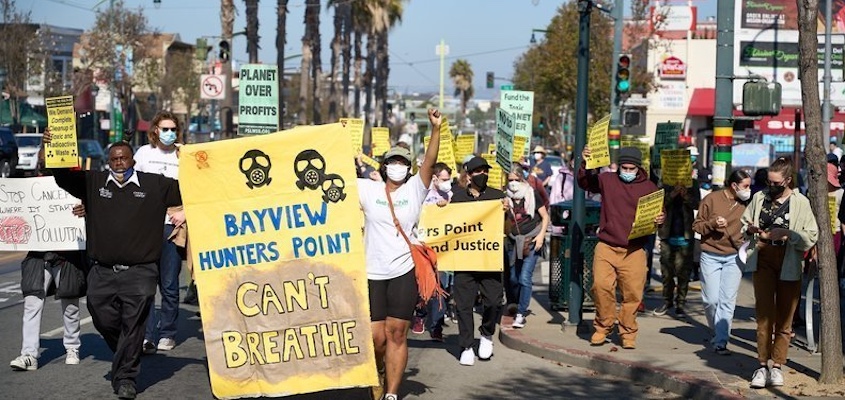
Kamala Harris’s vaunted “environmental justice unit” prosecuted only the most trivial violations in San Francisco’s toxic Bayview Hunters Point neighborhood.
Richard Nixon established the Environmental Protection Agency and the strongest environmental protections the US had ever seen in response to the mass movements of the 1960s.
After Nixon, environmental laws gradually improved until Bill Clinton’s administration started rolling them back, especially through global “free trade” deals like NAFTA and those of the WTO, putting the environmental movement on the defensive. Every president since Clinton, Democrat or Republican, has successively worsened environmental protections. Obama expanded fossil fuel production more than any other president in US history, and Biden continued to expand it even more than Trump had. There’s little reason to think that Kamala Harris would be different, and she’s already reversed her opposition to fracking.
I spoke to Bradley Angel, Executive Director of San Francisco-based Greenaction for Health and Environmental Justice , about her environmental record as San Francisco District Attorney and California State Attorney General.
ANN GARRISON: Bradley Angel, it would be hard to find anything more fraudulent than Kamala Harris’s claim to have been an environmental champion in San Francisco’s Bayview Hunters Point, a largely Black and Asian American neighborhood that’s been besieged by industrial and US military polluters ever since World War II. Could you talk about that?
BRADLEY ANGEL: Sure. When Kamala Harris was San Francisco’s District Attorney, she established what she called an environmental justice unit , and her statements announcing that actually sounded really great and much needed. Bayview Hunters Point is the picture postcard of environmental injustice and racism, and this environmental justice unit was one of the first established in the country.
As you know, I’ve been working with folks in this community for many years, so we were heartened by her promises, but then we never heard much more, if anything at all.
AG: You had hopes that she’d go after the really big polluters out there.
BA: Yes, because if it was done properly, if it had actually lived up to its stated mission, that would have been awesome, and it is so much needed. Bayview Hunters Point residents have suffered health disparities, from asthma to cancer and heart problems, which even government agencies acknowledge is linked to the many sources of pollution in the neighborhood. There continues to be a great need for criminal prosecution and enforcement of environmental laws in this heavily impacted community, but she just went after some really small-time folks, not the big industries and not at the Hunters Point Naval Shipyard Superfund site, where the waste left behind by the US Navy continues to be scandalous.
It would have been great if she had taken this on both as San Francisco District Attorney and California Attorney General, but that never happened.
AG: Didn’t she go after a small newspaper publisher who had dumped 40 5-gallon buckets of ink in an abandoned lot, and an auto body shop that produced fraudulent smog check records on cars?
BA: Well, that’s what we understand. And it was appropriate to enforce the laws banning those things, but a few small-time folks trying to make a living shouldn’t have been the main focus of a so-called environmental justice unit in a neighborhood as environmentally damaged as Bayview Hunters Point.
For example, there are major industries that have been emitting harmful pollution into the air in Bayview Hunters Point without proper permits or proper environmental studies for decades, and no one, including Kamala Harris, took them on.
She certainly did nothing around the Hunters Point Naval Shipyard Superfund site, neither as DA nor as State Attorney General. And why didn’t she have to answer to that? It could be because she has powerful friends like Willie Brown, the former San Francisco Mayor and California State Assembly Speaker who kickstarted her political career and is now involved in developing real estate in Bayview Hunters Point. He actually ended up working for the Five Points Development Corporation , a spinoff from the Lennar Corporation , on a real estate development that’s been building luxury housing out there despite the pollution.
I can't read her mind about her motivations, but what we do know for a fact is that her so-called environmental justice unit did not take on the big polluters or the Navy’s scandalous environmental damage or the flawed cleanup at the shipyard.
AG: Tell us about that real estate corporation, the Lennar Corporation, which has close ties to then Mayor Gavin Newsom, now Governor Gavin Newsom, political kingmaker Willie Brown, and the Pelosi family. Tell us about their real estate project on or around the radioactive shipyard that the Navy left behind.
BA: Well, the Navy actually still has it, and they're trying to declare that, parcel by parcel, they're cleaning it up and making it suitable for real estate development, but they're not. As you know, the Lennar Corporation, one of the biggest developers in the United States, started working with the City and County of San Francisco several decades ago. At the time, in fact, Greenaction and a group called Poder sued the city over the inadequate environmental review of their development projects, and that battle has continued.
Now Lennar’s spin-off, Five Points Communities, plans to build more than 10,000 additional luxury houses at an inadequately and incompletely cleaned Hunters Point Shipyard Superfund site that they hope the government will declare clean and then give to the city, who will give it to their buddies from Lennar.
One parcel was deemed clean quite a few years ago, Parcel A up on the hill. The Navy, the federal and state agencies, and City Hall all said that it was no longer contaminated, even though it's part of the Shipyard, but a whistleblower exposed that it had not been cleaned up.
Hundreds of luxury condos have now been built on that hill, but they never tested under the homes. They never tested under the children's playground. When they were finally forced to do some testing a couple of years ago, what do you know? They found radioactive waste right next to the homes.
There's since been a big push to deem the other parcels clean. Back on June 29, Greenaction sued the Navy and the EPA about the inadequate cleanup and inadequate testing of the Shipyard Superfund site, and about two weeks ago now, the Navy gave in on some of the retesting issues. That’s our first victory on that, and it clearly pushes the development back, so that's where we stand now.
When Kamala Harris was DA, we didn’t see her environmental justice unit actively involved in any of this, and she did absolutely nothing about it as State Attorney General either.
AG: Wasn't the real estate construction causing the release of toxins into the air in Bayview Hunters Point?
BA: Yes, and quite a few years ago there was an underground chemical fire out there. We know that air monitors have often been turned off, so it's a really difficult situation. Even if people with super technical expertise were deployed, it’s not clear that it would be possible to ever properly and fully clean up that Superfund site, but the plan has never been for a full cleanup. It has been to do a partial cleanup, leaving radioactive and otherwise toxic waste buried at the shoreline, where the shipyard sits on San Francisco Bay. That shoreline will be underwater in years to come, spreading contamination further into the Bay and into Bayview Hunters Point.
Greenaction has been standing shoulder to shoulder with the community around this for decades, but they have not gotten the help they need on any of these issues, from the DA’s office to City Hall to the Attorney General’s office and all the way up to the federal government.
AG: Doesn't Bayview Hunters Point have one of the highest, if not the highest, breast cancer rate in the country?
BA: Well, a number of years ago that was apparently the case, and now, not surprisingly, industrial polluters including defense contractor Martin Marietta are operating on a couple of piers out there. Two freeways surround the neighborhood, and in addition to the toxic Shipyard Superfund site, there are many more contaminated brownfield sites, a sewage treatment plant, and heavy diesel freight traffic.
Unlike when I first started this work in the late ’80s, all the government agencies, from City Hall to the State of California and the US EPA, at least acknowledge that Bayview Hunters Point ranks way up there as one of the most polluted and vulnerable communities in the entire state of California, but they haven’t done anything about it.
AG: So in this super toxic neighborhood, Kamala Harris went after a small publisher dumping buckets of toxic ink in an abandoned lot and someone else falsifying smog check tests at an auto body shop. Then, when she was running for Attorney General, she produced a television advertisement in which she bragged about creating the “first ever environmental justice unit” in a District Attorney’s office. It seems extremely cynical.
BA: I have to agree. I'm not a big fan of the mainstream political parties in our country, and I think one is worse than the other, but that doesn't excuse inaction or the false claim that she did all these great things for the environment and these poor people in Bayview Hunters Point.
AG: Okay, there's one thing I can't help mentioning before we leave the subject of Bayview Hunters Point. Laurence Pelosi, Nancy Pelosi’s nephew, became Gavin Newsom's campaign treasurer when he was running for mayor the first time. He had been the head of the Lennar Corporation’s Southwest Acquisitions unit and after Newsom’s victory, the Lennar development took off in Bayview Hunters Point, right?
BA: Yes, again, there’s quite a nefarious network of connections and relationships in play here. It stinks and this is why Greenaction and residents continue to fight for the neighborhood against whoever is in power.
We at Greenaction also don’t want to see the Bayview Hunters Point neighborhood gentrified. We want to see it cleaned up for the people who live there, not for the millionaires who would move in.
AG: What can you tell us about Kamala Harris’s record as California Attorney General?
BA: I think it's mixed. It's a little better than when she was a DA in terms of environmental enforcement. She actually did take on some big polluters , not just the small potatoes she took on in San Francisco, but I don't think she did enough. Once again, she did nothing about Hunters Point and the Hunters Point Shipyard.
One of the most underreported stories is her failure to uphold her duties as Attorney General with regard to a farmworker community in the Central Valley of California called Kettleman City, which is halfway down the Interstate 5 highway between San Francisco and Los Angeles. If you make a left and go a mile, you wind up in the dusty farmworker town of Kettleman City . Then, if you go to the right two miles, you come to the biggest hazardous waste landfill in the West. Over the years, that toxic landfill has been allowed to operate with permits issued in straight-up racially discriminatory processes. It’s a largely Spanish-speaking community, and these were English-only permit processes enforced by police intimidation and harassment of residents.
Near the end of 2014, Greenaction and El Pueblo, a community group in Kettleman City, filed an administrative federal and state civil rights complaint against the EPA’s California State Department of Toxic Substances Control for approving the expansion of this landfill using these straight-up racially discriminatory processes. It was so bad that the United States EPA actually accepted our federal Title Six civil rights complaint for investigation within a matter of weeks, more quickly than they ever had. We had submitted a complaint to Attorney General Harris’s office under state civil rights laws, but we didn’t hear back from her for months. Then I got a call from her office saying they lost it and asking us to resend it.
So I resent it, but ultimately, we got a letter signed by Kamala Harris saying—I'm just paraphrasing here—that since her office represented the parties we had filed a complaint against, she couldn't do anything. And what that told us, in a nutshell, was that there was no enforcement mechanism for civil rights violations in California at the time. She didn't tell us to contact this person or that agency.
AG: You filed a complaint against the state agencies that had permitted this landfill in a racially discriminatory process, and she said she couldn’t do anything because she represented the state agencies?
BA: That’s right. It was a complaint filed against the State Department of Toxics and the California EPA. The Attorney General does represent those state agencies, but she also represents the people of the State of California, and we believed she had an obligation to do something for them.
I was honestly and pleasantly shocked that the feds took it so much more seriously, and it actually resulted in a landmark federal civil rights settlement with the state agencies, but nothing of the sort happened under Kamala Harris's watch as Attorney General.
AG: And what about her claims to have gone after Big Oil while she was Attorney General?
BA: I'm not 100% familiar with everything she did or did not do as Attorney General, but she did go after some bigger cases , and I think that's a good thing. Could she have done more? I'm sure she could have, but at least her record was a little better on that end than it was with her so-called environmental justice unit in San Francisco.
AG: She claimed to have sued Exxon Mobil for lying about their impact on climate change, but Politifact , Inside Climate News , and the New York Times all reported that that never happened. Her campaign responded that her office had investigated Exxon Mobil, and her critics were quibbling about the difference between an investigation and a lawsuit.
BA: I did not know that, but I wouldn't compare it to her hypocrisy about her environmental justice unit in San Francisco.
AG: Is there anything else you'd like to say about Kamala Harris's environmental record?
BA: Yes, I would. We have a presidential election coming up, and Greenaction does not endorse or oppose candidates for political office. I want to make that really clear.
Much of her rhetoric over the last couple of years around environment and environmental justice, has been positive. She has been acknowledging the reality of environmental injustice, of climate change, and the need for environmental, climate, and racial justice. That's a good thing, and the Biden-Harris administration has done some good things and bad things on these issues.
They've supported some of the pipeline projects and opposed others. They've protected—at least for now—the Arctic Wildlife Refuge, which is really important. They’ve also created some important national monuments like Bears Ears, which Trump had undone.
The bad things include promoting an increased domestic uranium reserve for advanced nuclear reactors, which means more uranium mining and more dumping of uranium mining tailings at the one uranium mill in the United States. It just happens to be—no surprise—next to an impoverished Native American community in southern Utah that Greenaction works with, the White Mesa Ute community.
We're also hearing that she’s reversed her position on fracking, which is very unfortunate, but I'm not surprised. This is what the Democratic Party does, of course, in our view.
AG: The Hill reported it as a fact that she’s reversed her position on fracking to court voters in the swing states.
BA: We’ve joined other environmental groups to pressure the White House on that, and I know she's going to be called out for it.
A few days ago I was at the Indigenous Environmental Network’s Protecting Mother Earth Conference , and a lot of people there were talking about her changing her position on fracking, so we’re very concerned. Donald Trump has been and will be horrible for the environment, but that doesn't excuse her speaking out for environmental justice and then not following through. Greenaction and a lot of others will be doing our best to hold her accountable and call her out as needed.
AG: Bradley, thank you for speaking to Black Agenda Report.
BA: Thanks, Ann.
https://blackagendareport.com/kamala-ha ... deceptions
"hold her accountable...", ho-ho, file that with 'hold my feet to the fire'...
It's easy to think these mainstream environmentalists had been dropped on their heads in infancy or something but I suspect that class interest, and not just the material aspect which is huge but the social effects which are required to seriously address environment and survival also figure.
It's been overall downhill for environmental legislation since Richard Nixon, think of the implications...They give us smoke and mirrors, then more smoke...


